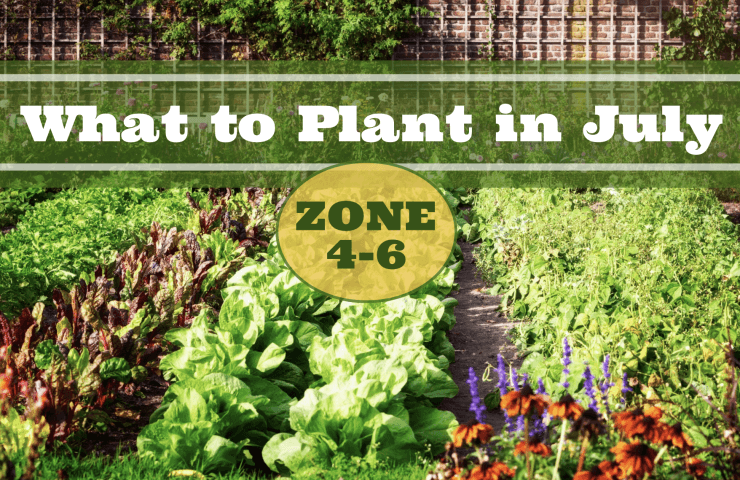
As we step into the warm embrace of July, many of us might think it’s too late to start planting. But let me tell you a little secret: July is actually a fantastic time to get your hands dirty and sow some seeds or transplant some seedlings.
Sure, the air is thick enough to cut with a knife, and most gardeners are retreating indoors with a tall glass of iced tea. But not us, right? We’re the diehards, the ones who see the scorching heat as a challenge, not a deterrent. Sure, our neighbors might think we’re a bit crazy for sweating it out in the garden, but they’ll be singing a different tune when we’re harvesting fresh veggies in the fall while they’re lamenting their long-gone summer crops!
While it’s true that some plants wilt faster than a chocolate bar in your back pocket on a July afternoon, there are still plenty of hardy souls in the plant world ready to take on the heat. With a little planning and some heat-beating tricks up our sleeves, we can keep the garden party going well into fall.
So, grab your widest-brimmed sun hat (you know, the one that makes you look like a walking umbrella), slather on that SPF 50, and let’s dive into 13 heat-tolerant plants that are tough enough to take on July in zones 4-6. Plus, I’ll throw in a to-do list of garden chores that’ll set you up for a bountiful late summer and fall harvest. Trust me, your future self will thank you when you’re enjoying fresh produce while everyone else is staring forlornly at their bare gardens!
Beets
Yes, you can plant beets in July! These root veggies are surprisingly heat-tolerant and can be sown directly in the garden for a fall harvest. Choose heat-resistant varieties like ‘Detroit Dark Red’ or ‘Chioggia’. Plant seeds 1/2 inch deep and 1 inch apart, thinning to 3-4 inches as they grow. Keep the soil consistently moist, and consider providing some afternoon shade to help them cope with the hottest days.
Learn more about beets in our Beets Gardening Guide.
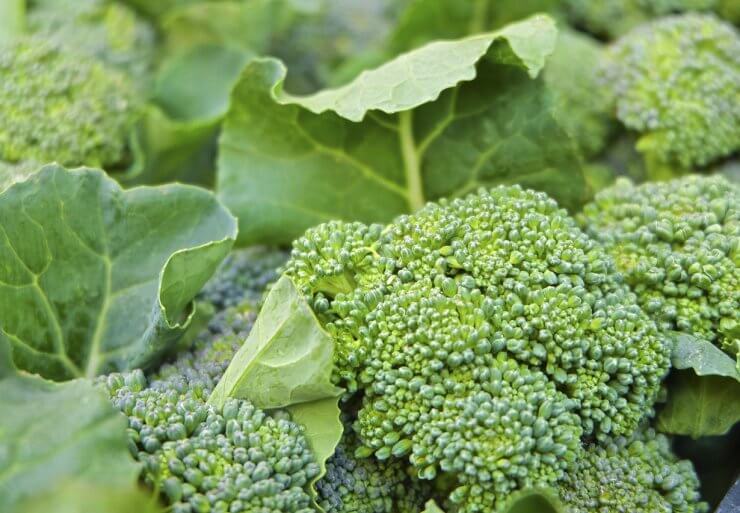
Broccoli
Broccoli in July? You bet! Start seeds indoors in early July for transplanting in August. Choose heat-tolerant varieties like ‘Belstar’ or ‘Green Magic’. These cool-season crops will appreciate the gradually cooling temperatures as they mature in fall. Provide plenty of water and consider using shade cloth to protect young plants from intense afternoon sun.
Learn more about growing broccoli in our Broccoli Gardening Guide.
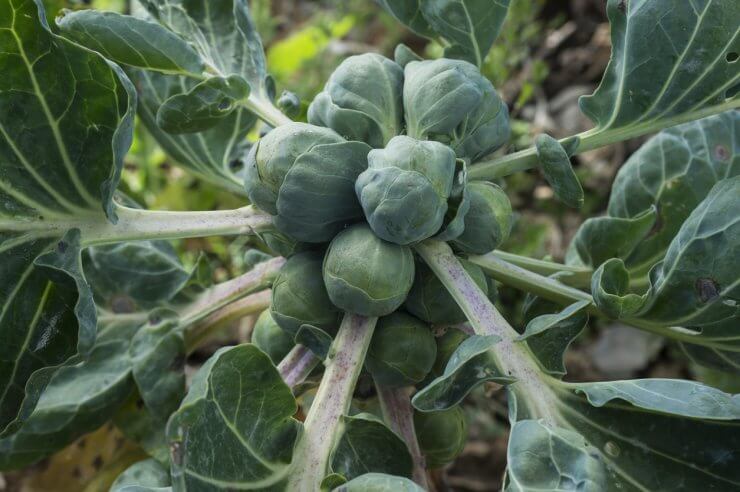
Brussels Sprouts
July is actually the perfect time to start Brussels sprouts for a fall harvest. These little cabbage cousins need a long growing season, so getting them started now sets you up for success. Sow seeds indoors and transplant in August when temperatures start to cool. Varieties like ‘Jade Cross’ and ‘Long Island Improved’ do well in our zones.
Learn more about growing Brussels sprouts in our Brussels Sprouts Gardening Guide.
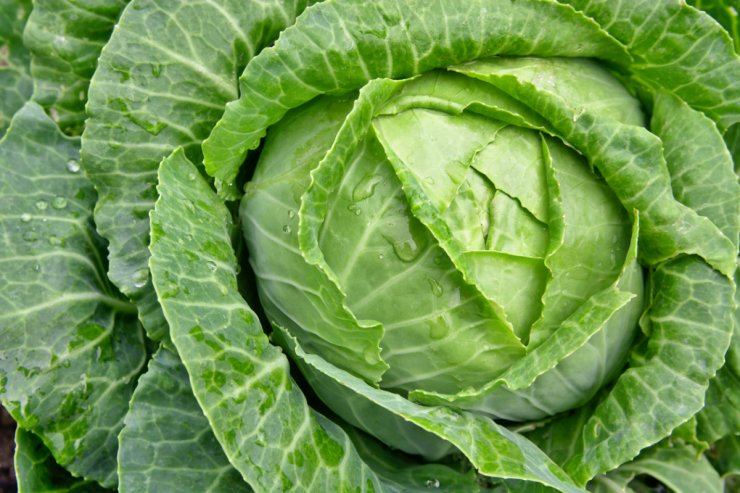
Cabbage
Like its brassica cousins, cabbage can be started in July for fall harvests. Begin seeds indoors and transplant in August. Look for heat-tolerant varieties like ‘Stonehead’ or ‘Fast Vantage’. Keep young plants well-watered and protected from the intense afternoon sun.
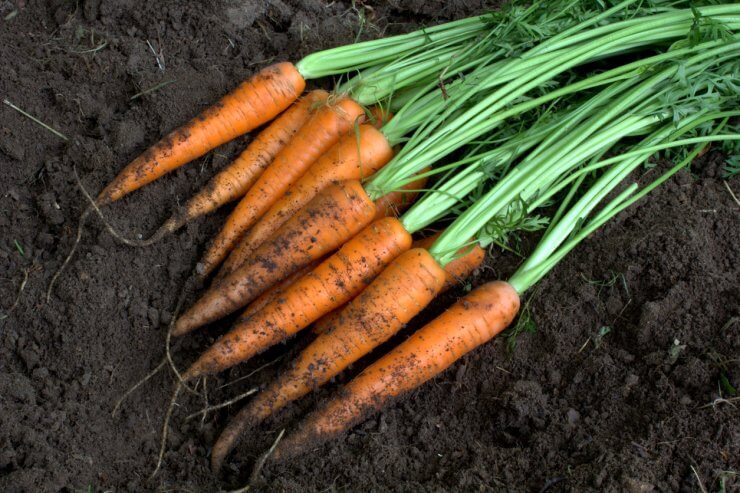
Carrots
Believe it or not, July is a great time to sow carrots for a fall harvest. The warm soil promotes quick germination, and the roots will develop as temperatures cool. Choose heat-tolerant varieties like ‘Napoli’ or ‘Yaya’. Sow seeds 1/4 inch deep in rows 12 inches apart, and keep the soil consistently moist until germination.
Learn more about carrots in our Carrots Gardening Guide.

Cauliflower
Start cauliflower seeds indoors in July for transplanting in August. These cool-season crops will mature nicely in the fall. Look for heat-tolerant varieties like ‘Snow Crown’ or ‘Fremont’. Provide afternoon shade and consistent moisture to help young plants establish.
Learn more about growing cauliflower in our Cauliflower Gardening Guide.
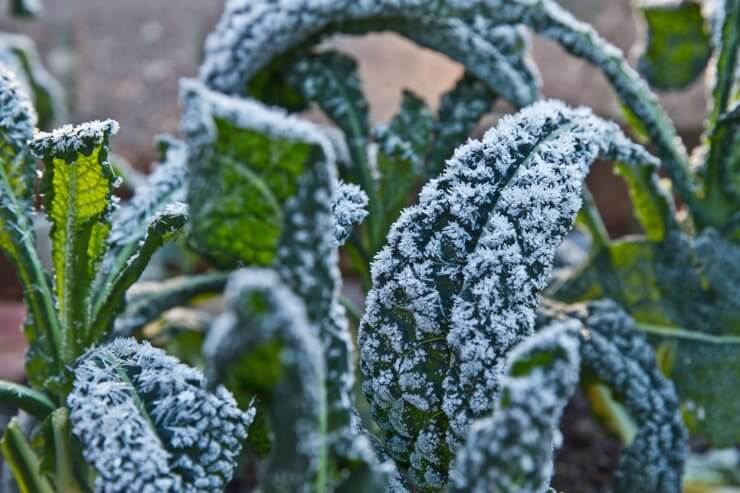
Kale
Kale yeah! This superfood is surprisingly heat-tolerant and can be direct-sown in July for a fall harvest. Try heat-resistant varieties like ‘Lacinato’ or ‘Red Russian’. Plant seeds 1/4 inch deep and 12 inches apart. Kale actually gets sweeter after a light frost, so you’ll be enjoying these nutritious greens well into fall.
Learn more about growing kale in our Kale Gardening Guide.
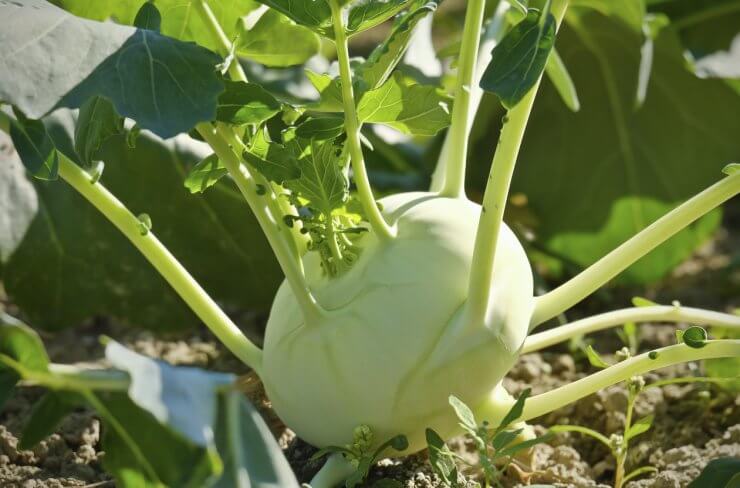
Kohlrabi
This quirky-looking brassica can be started in July for fall harvests. Sow seeds directly in the garden or start indoors for transplanting in August. Varieties like ‘Winner’ and ‘Kossak’ do well in our zones. Keep the soil consistently moist and provide some afternoon shade if temperatures soar.
Lettuce
Lettuce in July? It’s possible with the right varieties and some TLC. Look for bolt-resistant, heat-tolerant varieties like ‘Muir’ or ‘Jericho’. Sow seeds in a partially shaded area or use shade cloth to protect them from the intense summer sun. Consistent moisture is key to preventing bitterness.
Learn more about growing lettuce in our Lettuce Gardening Guide.
Radishes
For a quick crop before fall sets in, radishes are your go-to. These spicy little orbs mature in just 3-4 weeks! Choose heat-tolerant varieties like ‘White Icicle’ or ‘French Breakfast’. Sow seeds 1/2 inch deep and 1 inch apart, thinning to 2 inches as they grow. Keep the soil consistently moist for the best flavor.
Learn more about radishes in our Radishes Gardening Guide.
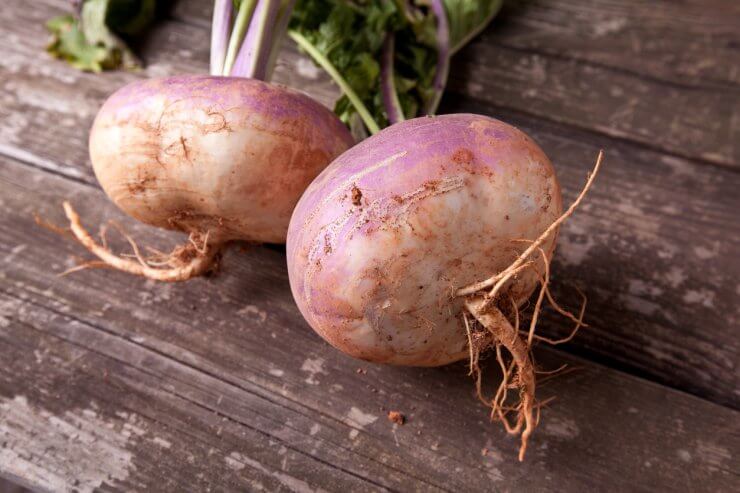
Rutabaga
July is the perfect time to sow rutabagas for a fall harvest. These root veggies need about 90 days to mature, so planting now sets you up for success. Try varieties like ‘American Purple Top’ or ‘Laurentian’. Sow seeds 1/2 inch deep and 6 inches apart, thinning to 12 inches as they grow.
Swiss Chard
This heat-tolerant green can be planted throughout the summer for continuous harvests. Choose colorful varieties like ‘Bright Lights’ or ‘Fordhook Giant’ for some visual interest in your garden. Sow seeds 1/2 inch deep and 2 inches apart, thinning to 6 inches. Swiss chard will keep producing well into fall.
Turnips
Last but not least, turnips can be sown in July for a fall crop. These fast-growing root veggies mature in about 60 days. Try varieties like ‘Purple Top White Globe’ or ‘Tokyo Cross’. Sow seeds 1/2 inch deep and 1 inch apart, thinning to 4 inches. Don’t forget to eat the nutritious greens too!
July Garden Chores for Zones 4-6
- Water deeply and consistently, especially during dry spells. Early morning is the best time to water.
- Mulch beds to retain moisture and suppress weeds. Aim for a 2-3 inch layer, keeping it away from plant stems.
- Harvest vegetables regularly to encourage continued production.
- Monitor for pests and diseases, treating problems promptly.
- Prune tomato suckers and provide support for heavy fruit.
- Deadhead flowers to encourage continued blooming.
- Start saving seeds from open-pollinated vegetables and flowers.
- Turn your compost pile and keep it moist.
- Plan and prepare areas for fall crops.
- Check and maintain irrigation systems.
- Prune spring-flowering shrubs after they’ve finished blooming.
- Remove any diseased or pest-infested plant material promptly.
- Keep bird baths and fountains clean and filled.
- Take time to enjoy your garden – maybe with that glass of iced tea!
There you have it, fellow heat warriors! July in zones 4-6 isn’t about retreating indoors, it’s about smart planting and careful tending. While others may see the dog days of summer as the end of the gardening season, we know it’s just the beginning of a bountiful fall harvest.
So what if we have to water twice a day and wear ridiculous hats? The satisfaction of picking fresh veggies when the leaves start to turn is worth a little sweat equity. Now, I’d love to hear from you. What are your go-to July plantings? Any secret tricks for keeping lettuce from bolting when it feels like the surface of the sun outside? Drop a comment below, and let’s keep this mid-summer gardening party going. After all, in zones 4-6, we’ve got to make hay (or in this case, veggies) while the sun shines!
July is a fantastic time to get your hands dirty and plant some delicious vegetables, herbs, and fruits. With a little love and care, you’ll be enjoying the fruits of your labor in no time! Happy gardening, my friends!
What plants do you go for planting in July?


 Previous
Previous
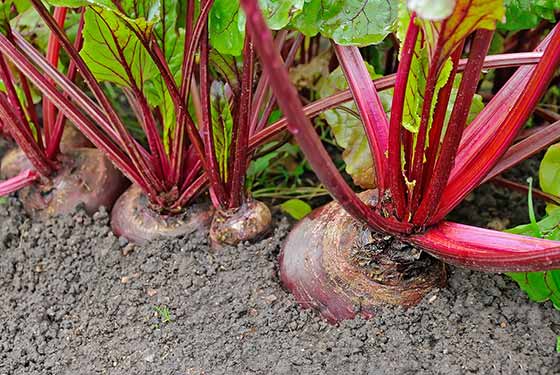
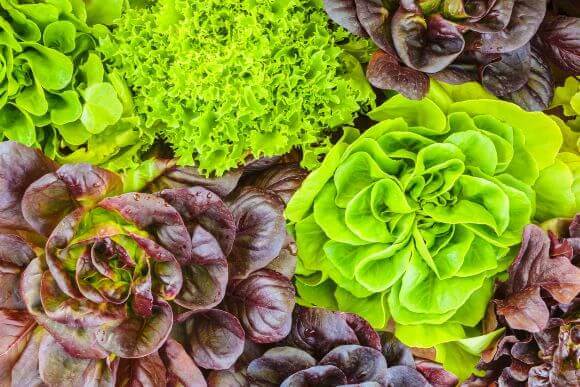
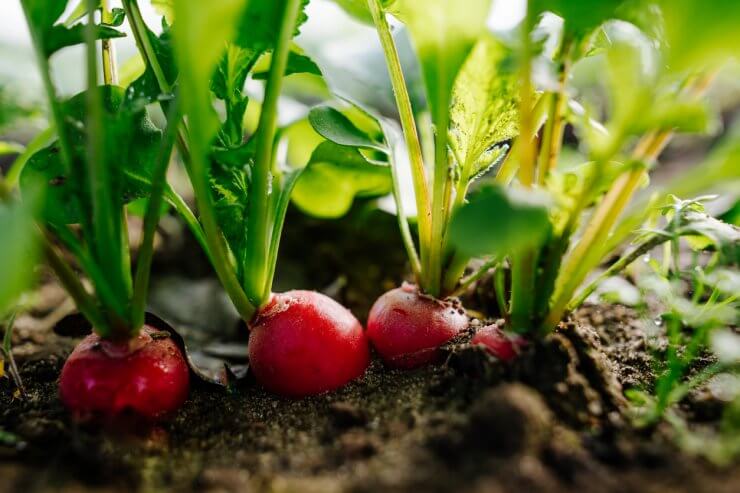
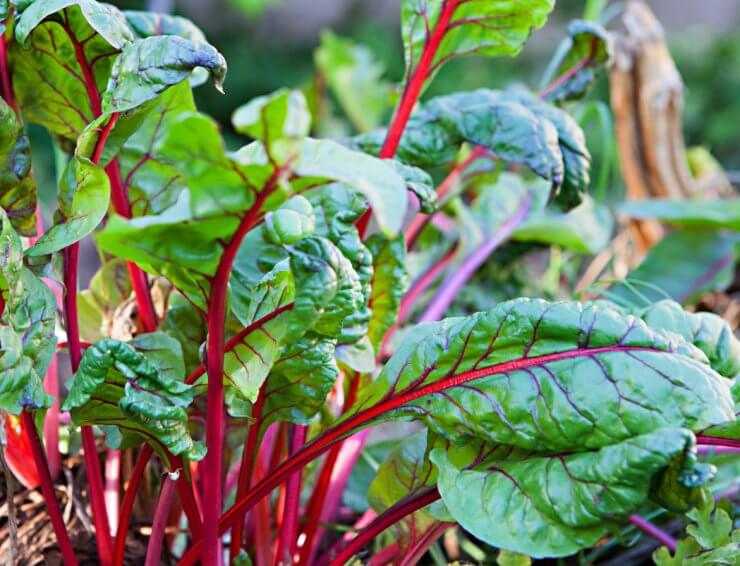
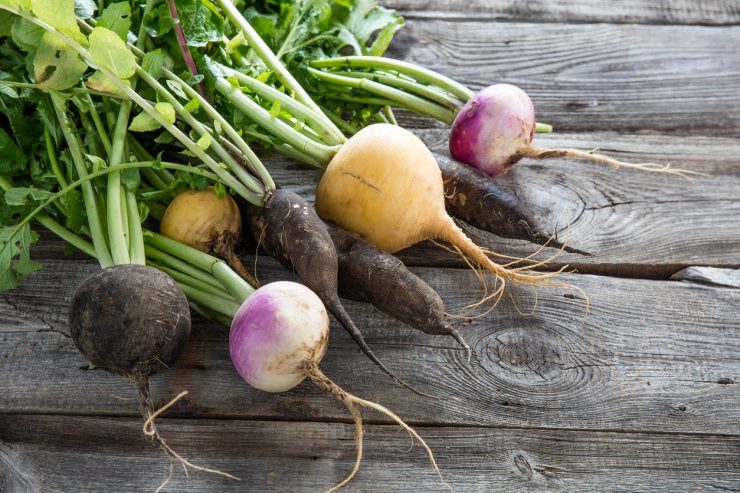


My yellow crook necked squash and zucchini plantain are shading half of my 4×8’ raised bed garden. Then are producing, but can u trim off some of the huge leaves to allow for more sun to the other veggies? Thank you.
Squash and zucchini plants can be pruned to improve airflow, increase sunlight penetration, and potentially boost fruit production. Pruning involves removing leaves, particularly the oldest, lowest ones that may be yellowing or damaged. It’s best to prune with clean, sharp shears, and to avoid removing too many leaves at once.
Really appreciate the zone breakdowns. Some plants mentioned are too exotic for Sonoran desert region.